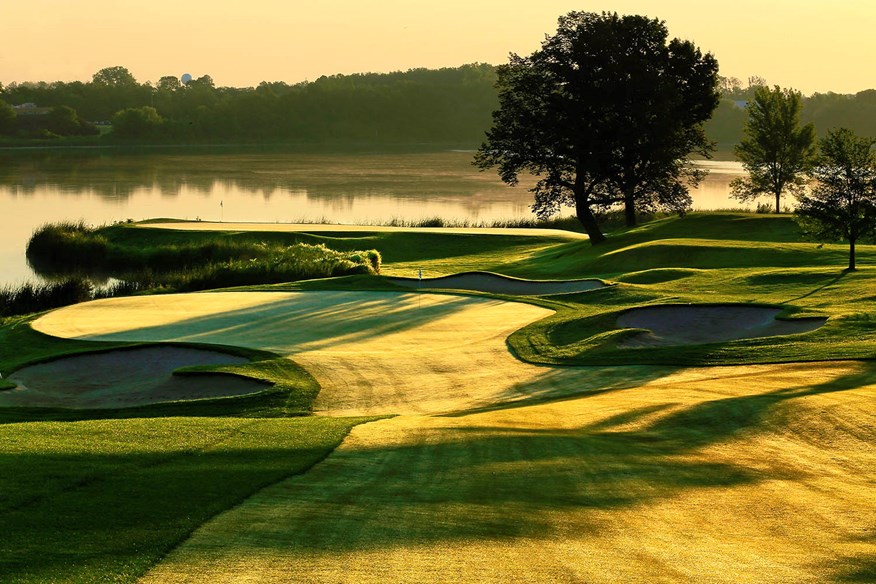Where the Ryder Cup will be won and lost
Last updated:
It is Ryder Cup time and Hazeltine National head pro Chandler Withington has provided Today’s Golfer with an exclusive hole-by-hole guide to the course.
Few people know Hazeltine National better than the club’s head professional Chandler Withington.
He has played the course hundreds of times since he arrived from Merion four years ago, so there’s nobody more qualified to give us the inside track on what the 24 players will face.
Hazeltine has hosted two US PGAs, two US Opens and two US Women’s Opens, plus a US Senior Open.
The Ryder Cup, though, is its biggest moment yet, and Withington is confident the course will provide plenty of excitement, especially on the pivotal holes coming down the stretch.
Besides the quality of golf delivered by the players from both sides, he believes the result will hinge on three factors – wind direction and the positioning of both the tees and pins.
Hazeltine has everything from a trio of 600-yard-plus holes to driveable par 4s and ultra-testing par 3s, with the shortest – the penultimate hole – guaranteed to provide bags of drama.
But here, Chandler shares his views on how all 18 will shape the destiny of the Cup.
1.PAR 4, 490 YARDS
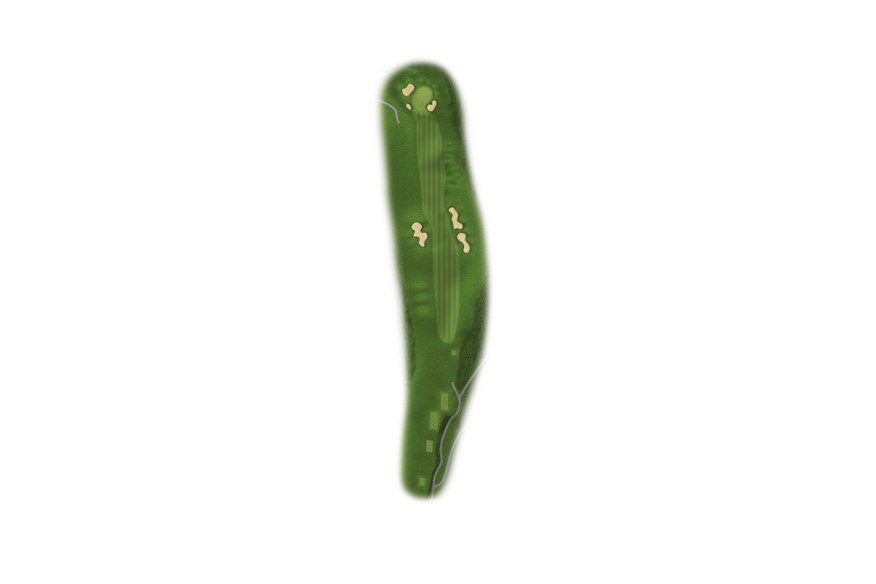
Because of how the green is positioned you’re always trying to look at how to give yourself the most green to work on the approach.
You can make the ideal start provided you carry the left fairway bunker and leave a mid-iron approach to a likely back right hole location. So down the left side is preferable.
2 PAR 4, 431 YARDS
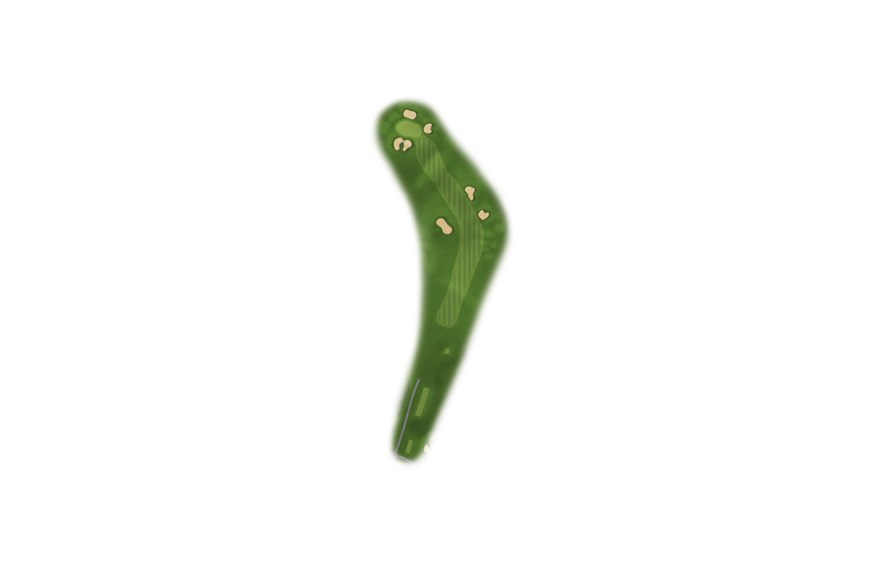
Options off the tee: do you carry the left fairway bunker, which would leave you with a wedge approach?
Or do you stick to the right of it which would leave you about 170-180 yards in?
You can hide the hole location behind the bunkers back left, but front right is totally accessible… you can eat that one up.
3. PAR 5, 633 YARDS
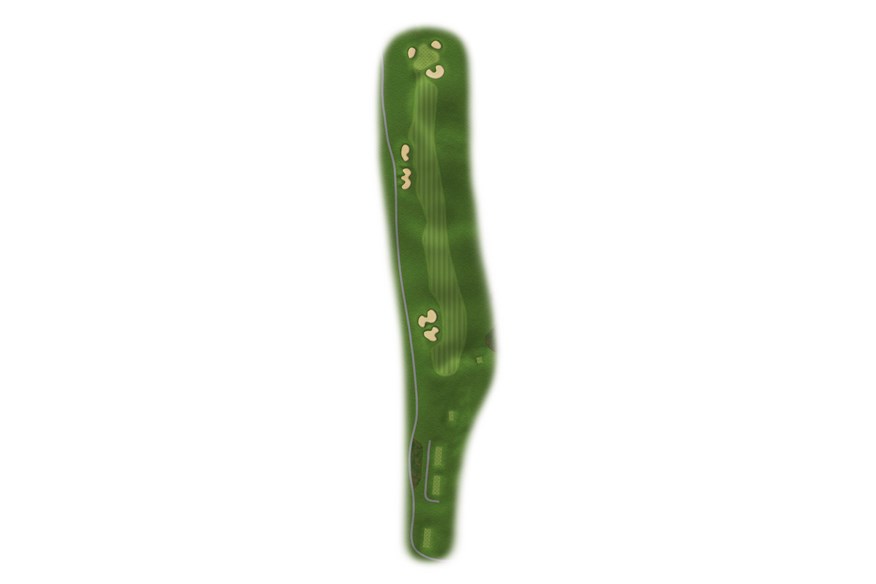
There is a hazard down the right in the form of a tree and if you’re in the right-hand rough you have to play a cut or you run the risk of being blocked out, making for a long third.
A lot depends on where the home captain will put the tee, whether to allow players to carry the bunkers and have a go at it in two.
4. PAR 3, 210 YARDS
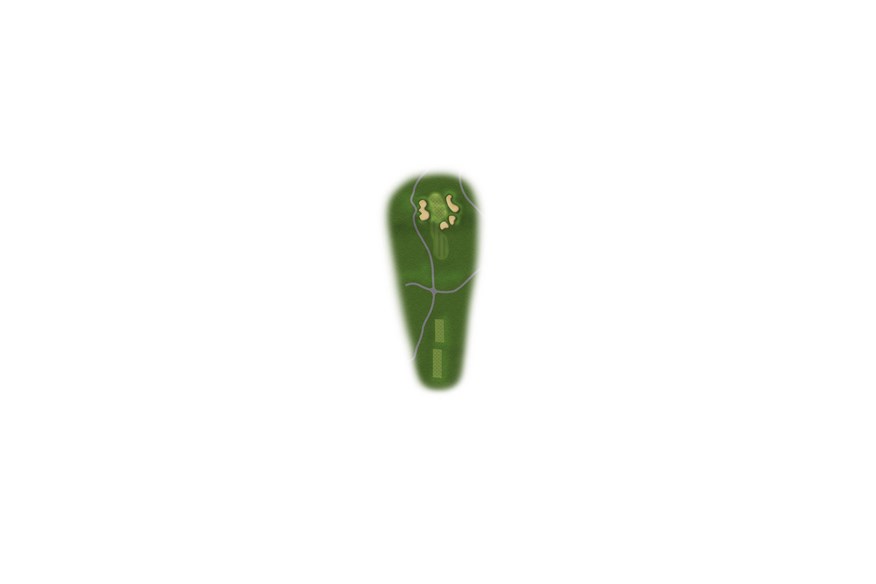
Plays from 210-220 yards and generally into the wind. There’s a tier on the front of the green, but the back is fairly flat.
Anywhere on the front shelf is tough to make putts and will be a challenge because there’s probably a 3-4º pitch on the green. However, if it’s on the back it’s relatively easy.
5. PAR 4, 352 YARDS
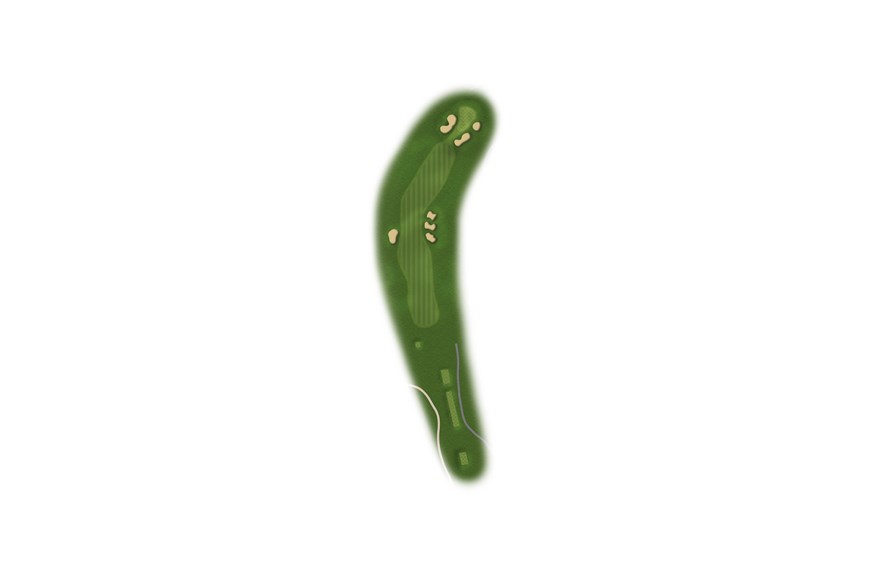
A driveable par 4 and the tee will determine how to play it.
I expect to see it up at least once. A bunker short left of the green gives the players a bit of a decision on the tee; if they end up in it they’re faced with a 40-yard shot.
Normally, I take it out of play by hitting into the 230-yard range, leaving a 120-130-yard approach.
6. PAR 5, 642 YARDS
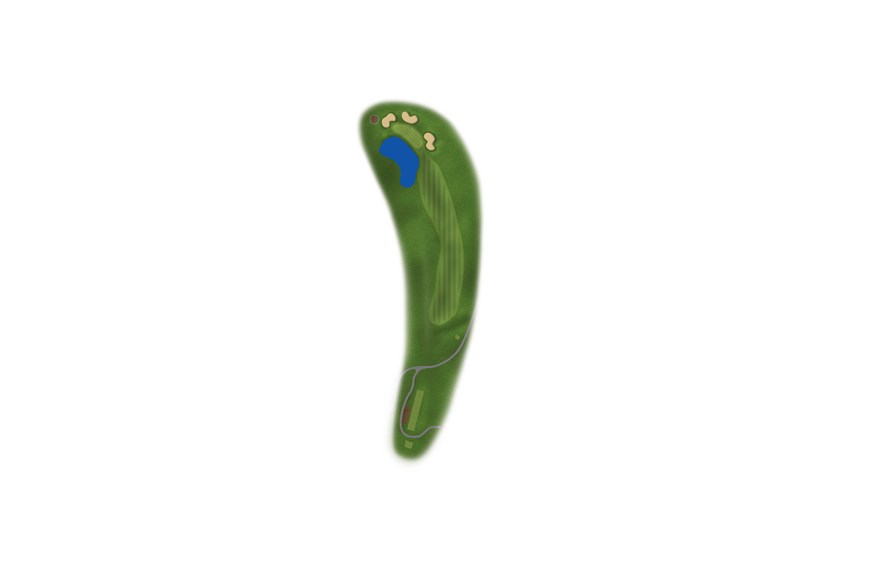
Only reachable in two depending on tee and wind direction – if it’s hurting, it’s going to be a three-shotter for everyone.
The real decision concerns the lay-up as you’ve got bunkers all the way down the right – if you can’t get there, do you lay back for a 150-yard approach, or take the bunkers on to leave a wedge?
7. PAR 4, 402 YARDS
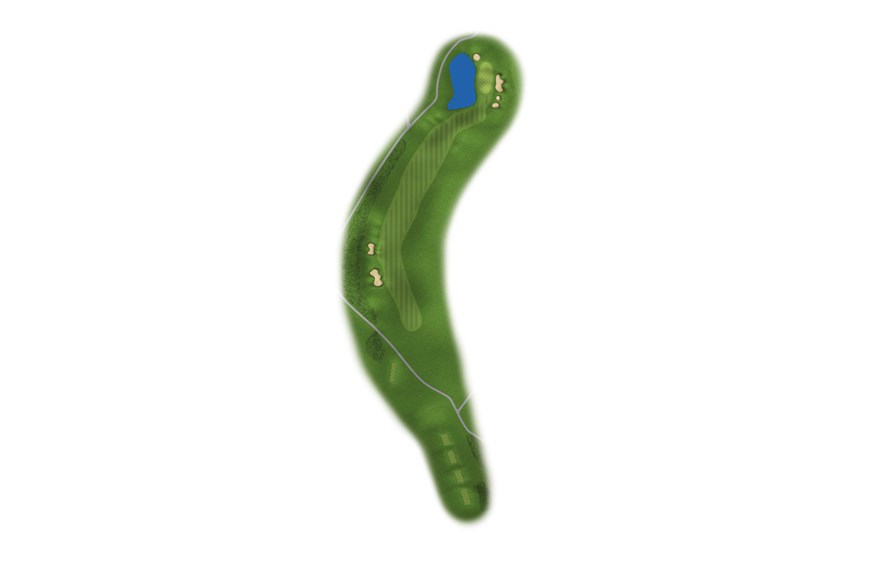
A picturesque hole which features the Payne Stewart bridge. It used to be a par 3 when the course opened – it changed in 1980.
The tee shot is critical and players are rewarded if they position themselves on the left side of the fairway, close to a brook; you then have most of a fairly shallow green to work with.
8. PAR 3, 182 YARDS
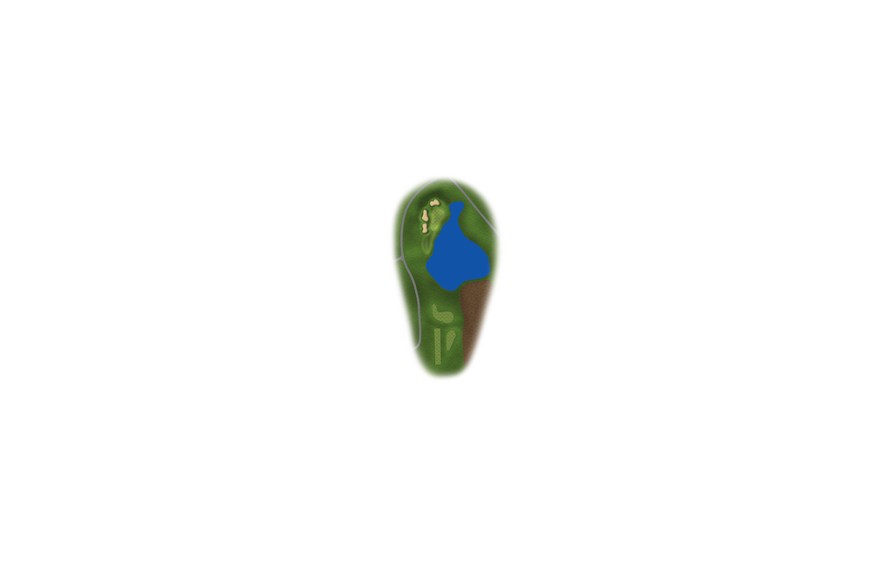
Another pretty hole and this one features a severe two-tier green over a small valley, so we may see a front left hole location, but more than likely it’ll appear on top of the shelf.
Wind direction plays a big part on this hole and anything that misses left will catch the slope and potentially get wet.
9. PAR 4, 475 YARDS
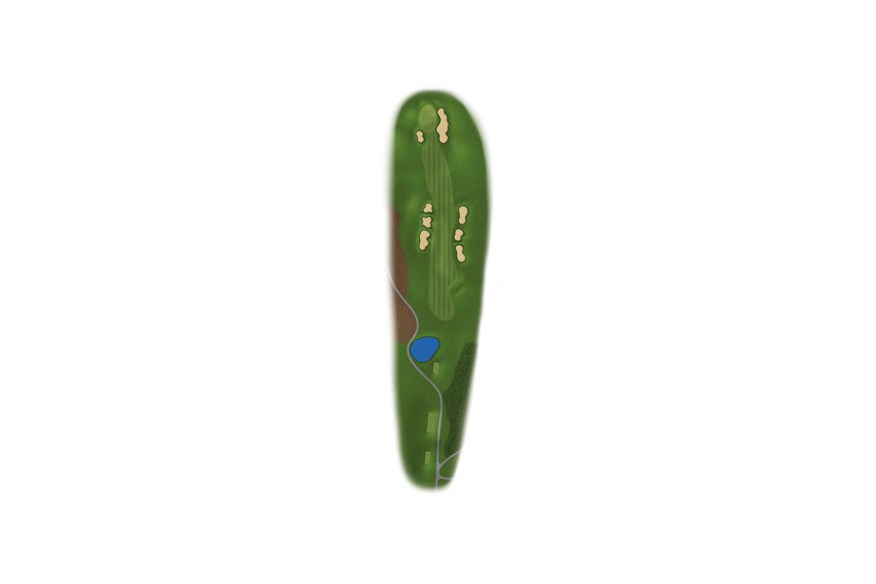
Consistently hard with players facing an uphill tee shot – it takes a lot of strength to get to the very top of the hill where the flat approach is.
If you don’t make it, it’s likely the ball will be on the side of the hill above your feet. Again, the premium is on driving – if you put it in the fairway bunkers it’ll be tough to find the green.
10. PAR 4, 475 YARDS
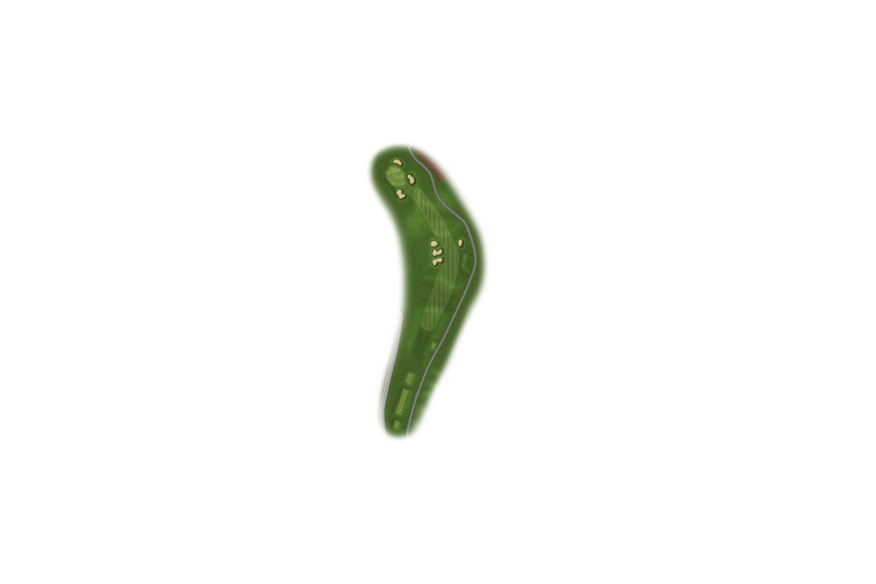
Consistently hard with players facing an uphill tee shot – it takes a lot of strength to get to the very top of the hill where the flat approach is.
If you don’t make it, it’s likely the ball will be on the side of the hill above your feet. Again, the premium is on driving – if you put it in the fairway bunkers it’ll be tough to find the green.
11. PAR 5, 606 YARDS
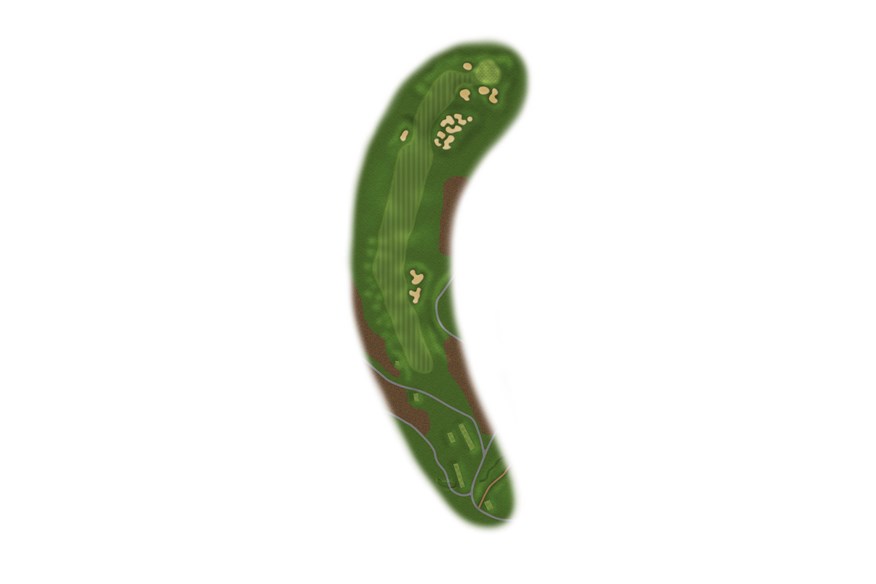
Uphill par 5. Wind direction will decide whether it’s reachable in two; if it’s favourable and they move the tees up, players can carry the corner fairway bunkers and get on the flat leaving 230-240 yards in.
If the wind is into you have to play it as a three-shotter, laying up behind the cluster of bunkers on the right.
12. PAR 4, 518 YARDS
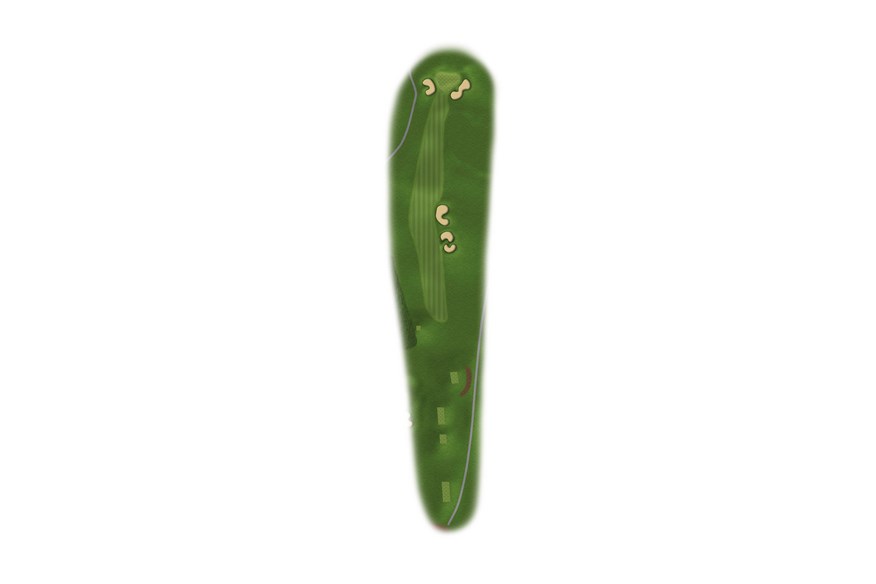
A long hole and the hardest in the 2009 PGA.
It can play 518 yards, but I don’t think we’ll see that in the Ryder Cup. Given that we want to see birdies, I expect it to play about 445. It plays into the wind.
You need to stay left of the bunkers – find them and things get difficult – and you’re firing into a very flat green.
13. PAR 3, 248 YARDS
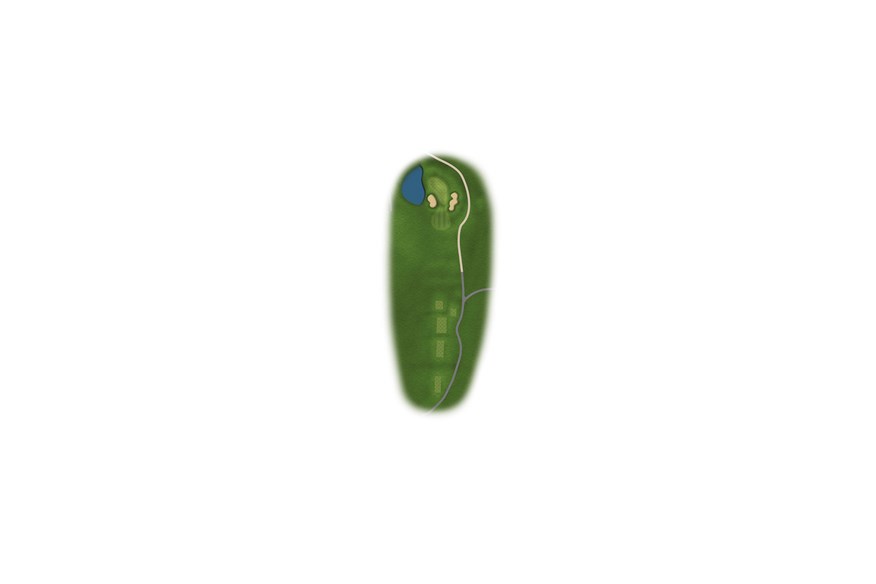
Played into the wind like the previous two holes, anything left is going to catch a slope and get wet.
A great shot will hit the front of the green, maybe with a draw, and feed back to the hole. But the front of the green is narrow so there’s not a lot of places to miss.
A front left bunker shot is a lot easier to execute.
14. PAR 4, 448 YARDS
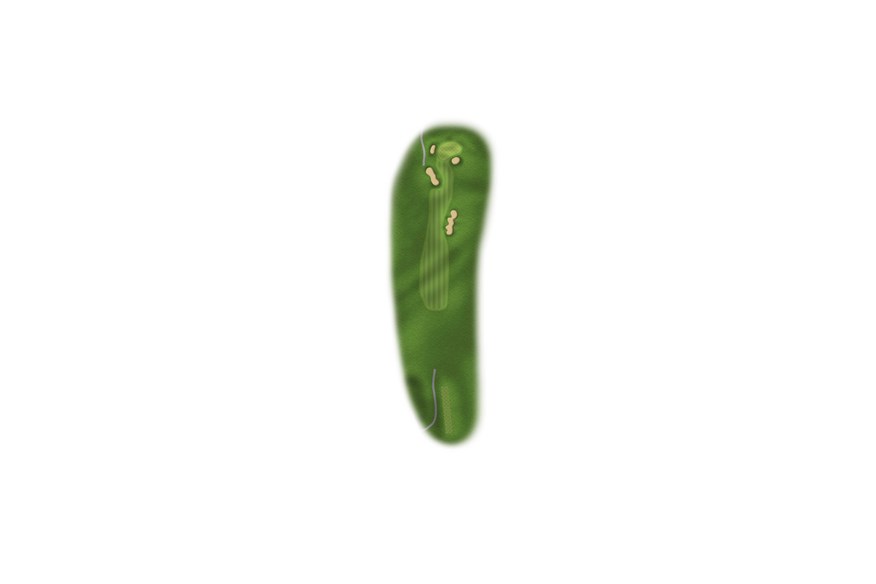
Again, it’s all about wind and tee location. From the back tee you’re looking at 300 yards to carry the fairway bunkers and, just like 13, there’s a very narrow opening into the green.
If the tee is moved up players can be aggressive, carry the bunkers on the sloping fairway which runs down to the left, leaving an easy wedge in.
DARREN CLARKE on the deciding holes
15. PAR 4, 405 YARDS
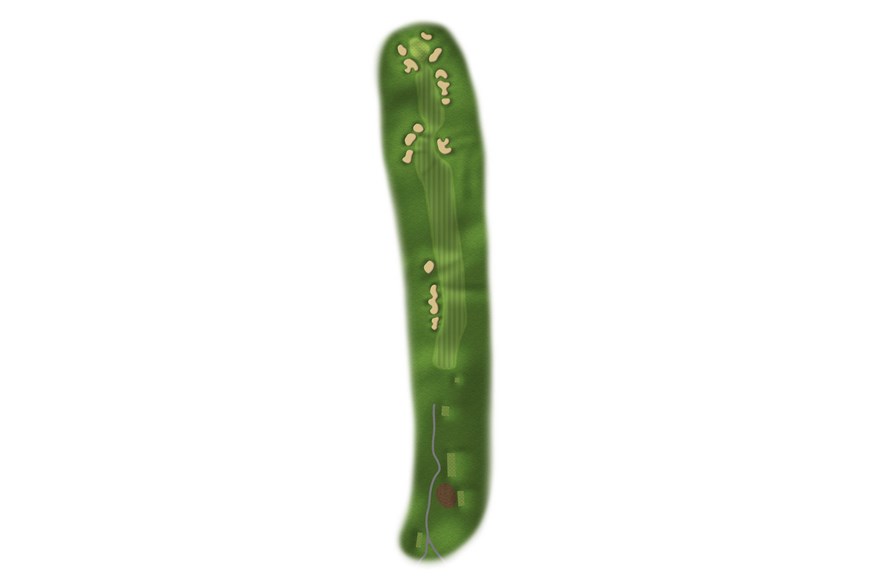
It can be relatively easy because the prevailing wind is on your back for the finishing four holes.
Now you can be a bit more aggressive and you’ll be rewarded with a draw off the tee which, if you get to the top of the fairway ridge with some motor, will catch the downslope leaving a 70-80-yard wedge in.
It may not be driveable, but with the wind at your back and the right shot pattern, you can see players reaching the neck just short of the green – and potentially getting wet too!
If you’re 2-down in the match and your partner goes first and gets in a good position, you can let fly.
If the hole location is back left – there’s not a lot of room on that shelf – over the water, it’s better to have a shorter approach than be back in the 160-yard range, especially going downwind and the fact that section of the green isn’t very deep. I think the majority of pin locations
will be middle to back left.
Darren Clarke says: There are trees either side of the fairway so it might not be a driver for everyone. It has a long green guarded by bunkers and a pond.
16. PAR 5, 572 YARDS
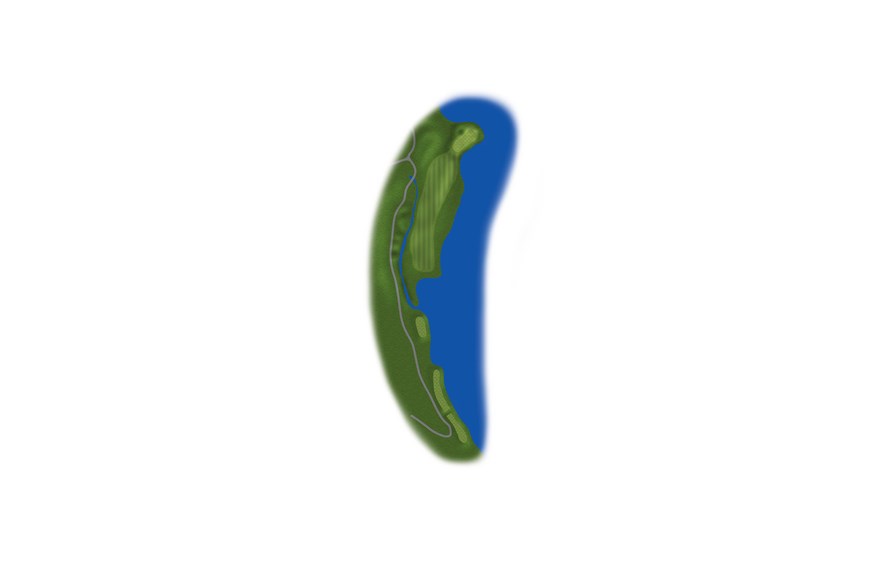
Big decisions will be made depending on the status of the match, wind direction and tee location and what you are left with on the second shot.
This was the easiest hole for the majority of players in the last two PGAs and most players had a shot in around the 220-yard range – if the wind is on your back, you’ll see a lot of eagles.
A lot also depends on hole location – it’s not a deep green and runs away from right to left. Players can bail out and be safe if they don’t want to take on the water, which tightly guards the left side of the green, and find the bunkers on the right.
It’s not a hard shot from 90-100 yards if a player opts to lay back and force the opposition to make a decision.
They will be able to get up and down eight times out of 10, but of course this is the 16th hole at a Ryder Cup and you’re going to have about 30,000 noisy fans watching!
Darren Clarke says: There will be lots of excitement, I guarantee it. I think it will play the shortest of the par 5s so most players will go for the green in two, but the pond on the left prevents easy access. New driving bunkers have been added on the left side of the fairway.
17. PAR 3, 176 YARDS

Right here there’s nowhere to hide. If you’re 1-down or all-square, somebody is going to be a hero… and somebody isn’t. The wind direction is crucial and the belly of the green is back right, which means you have to hit the ball the furthest, probably in the 180-yard region.
This is one of those crosswind holes and if it’s coming out of the south it could potentially take your ball into the water; out of the north, if you start it out right and it dies on you, you’re going to get wet again.
If the players are going to miss, I think most will want to miss in the bunker… I expect to see a lot of balls finding sand. They’re desperate to avoid getting wet, so it could hinge on who’s got the bunker skills, especially if the pin location is front left, and getting up and down when the pressure is really on.
Darren Clarke says: It might appear to be a relatively easy hole, but the small green is encircled by water and sand. Par at this hole might not be bad in the heat of a tight match, even though it will be something like a 7-iron for most players. They might find some tricky pin positions too, like in the narrow front portion.
18. PAR 4, 432 YARDS
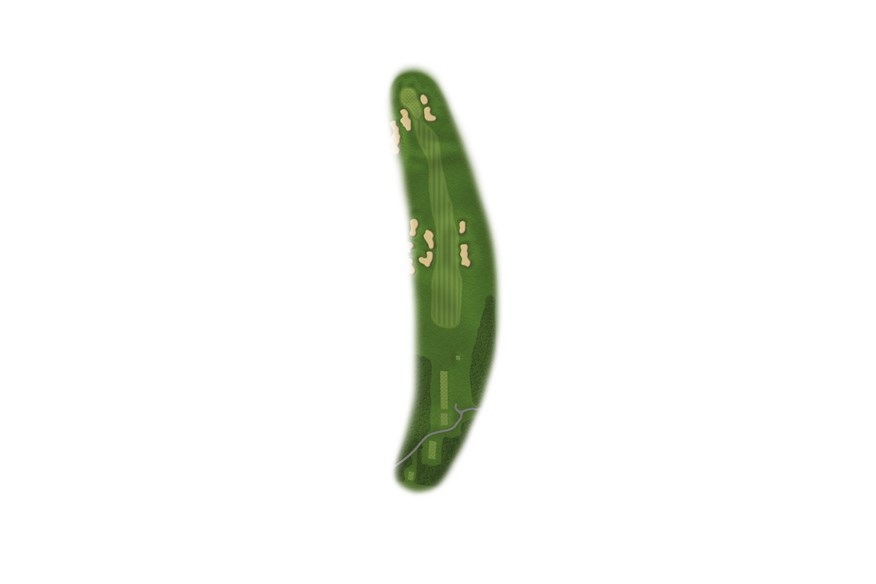
The big finale though obviously we don’t know how many matches will get this far. It’s a relatively benign finishing hole and if the wind is at your back it’ll be a short wedge approach.
But if it’s into, it’s going to be about 200 yards and it’s straight uphill. The premise will be on the drive.
If you can hit the fairway, it’s a relatively easy approach, though if the wind is on your back it can be a hard pin to hold because there is a significant ridge through the front portion of the green. If the hole location is front right and you’ve missed long left, it can be very hard to control the speed coming down that ridge. It can get away from you.
Hopefully, from a US perspective, history won’t repeat itself. At Medinah in 2012, the US kept losing the 17th and 18th holes with Watson, Stricker, Simpson and Furyk all missing the green back left and being unable to control the speed coming down the ridge to the front right pin – and at least three of them three-putted.
I don’t think we’ll put the pin front right on Sunday – it will probably be right in the middle of the green!
Darren Clarke says: This will be a long, straight, straightforward par 4 up the hill that will be a tough hole to par.
HERE IS OUR EVERYTHING YOU NEED TO KNOW ABOUT THE RYDER CUP GUIDE
-
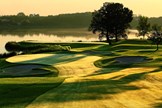 Ryder Cup course guide Hazeltine National
Ryder Cup course guide Hazeltine National
-
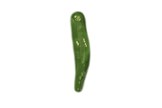 Hazeltine hole 1, par 4
Hazeltine hole 1, par 4
-
 Hazeltine hole 2, par 4
Hazeltine hole 2, par 4
-
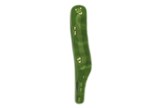 Hazeltine hole 3, par 5
Hazeltine hole 3, par 5
-
 Hazeltine hole 4, par 3
Hazeltine hole 4, par 3
-
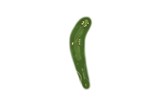 Hazeltine hole 5, par 4
Hazeltine hole 5, par 4
-
 Hazeltine hole 6, par 5
Hazeltine hole 6, par 5
-
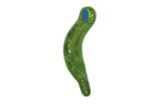 Hazeltine hole 7, par 4
Hazeltine hole 7, par 4
-
 Hazeltine hole 8, par 3
Hazeltine hole 8, par 3
-
 Hazeltine hole 9, par 4
Hazeltine hole 9, par 4
-
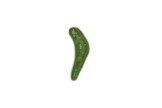 Hazeltine hole 10, par 4
Hazeltine hole 10, par 4
-
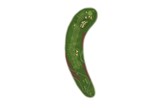 Hazeltine hole 11, par 5
Hazeltine hole 11, par 5
-
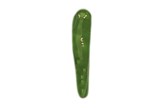 Hazeltine hole 12, par 4
Hazeltine hole 12, par 4
-
 Hazeltine hole 13, par 3
Hazeltine hole 13, par 3
-
 Hazeltine hole 14, par 4
Hazeltine hole 14, par 4
-
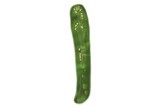 Hazeltine hole 15, par 4
Hazeltine hole 15, par 4
-
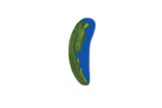 Hazeltine hole 16, par 5
Hazeltine hole 16, par 5
-
 Hazeltine hole 17, par 3
Hazeltine hole 17, par 3
-
 Hazeltine hole 18, par 4
Hazeltine hole 18, par 4
